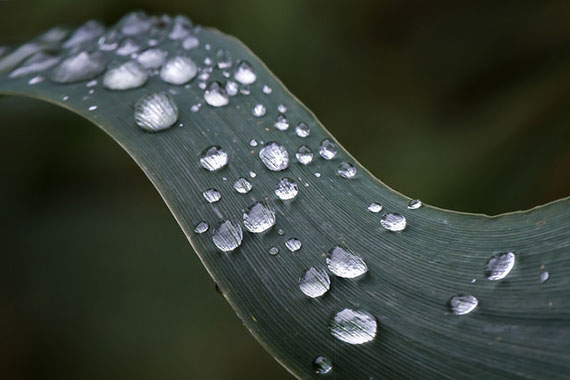Depth of field is a photography term that refers to the selective focus of the camera lens along a certain plane. This creates a sharp focus for any objects at a specific distance from the lens, while objects further away from that specific distance become increasingly blurry. The more shallow your depth of field is, the more precise your focus becomes, thus leaving objects in front of or behind your subject more blurry. A deep depth of field is the opposite, and all objects are sharper.

Photo by Cam Miller; ISO 100, f/3.2, 1/100-second exposure.
There are four main factors that affect the depth of field:
- Format or frame size. The area of light captured by a camera (signified by the type of sensor in digital photography (i.e. 2/3 CCD, APS-C, etc.).
- Aperture. The lower the F-stop number, the more shallow your depth of field will be. Be aware that for video, you may need neutral density filters to help compensate. For still photography, you can usually compensate by increasing the shutter speed.
- Lens length (zoom). The longer your lens length (the closer you zoom in), the shallower your depth of field will be.
- Physical distance from the lens itself. The closer your subject is to the lens, the shallower your depth of field will be. This is because the depth of field is not linear and becomes more shallow quicker as you get closer to the lens. For example, if your subject is 10 meters away, objects at 15 meters away will appear sharper than objects 5 meters away, even though they are both 5 meters away from your focal point.
As you might guess from these factors, this makes getting clear pictures in macro photography very challenging.

Photo by Bernd Thaller; ISO 3200, f/18.0, 1/25-second exposure.
In macro photography, the lens is usually either very close to the subject, at a longer zoom length, or both. To mitigate this, there is a technique called “stacking,” in which a subject is shot from the same angle multiple times, each with a different focal point, and the images are digitally combined to create one smooth shot that’s completely in focus.
About the Author:
Lee Michael Johnson (frankfurtphotographer) is a professional photographer and videographer in New York.
Like This Article?
Don't Miss The Next One!
Join over 100,000 photographers of all experience levels who receive our free photography tips and articles to stay current:





The smaller your depth of field is, the closer your subject is to the lens. This is due to the fact that the depth of field does not follow a straight line and grows shallower as you move closer to the lens. Even though they are both 5 metres away from your focal point, objects 15 metres away will appear sharper than objects 5 metres away if your subject is 10 metres away.